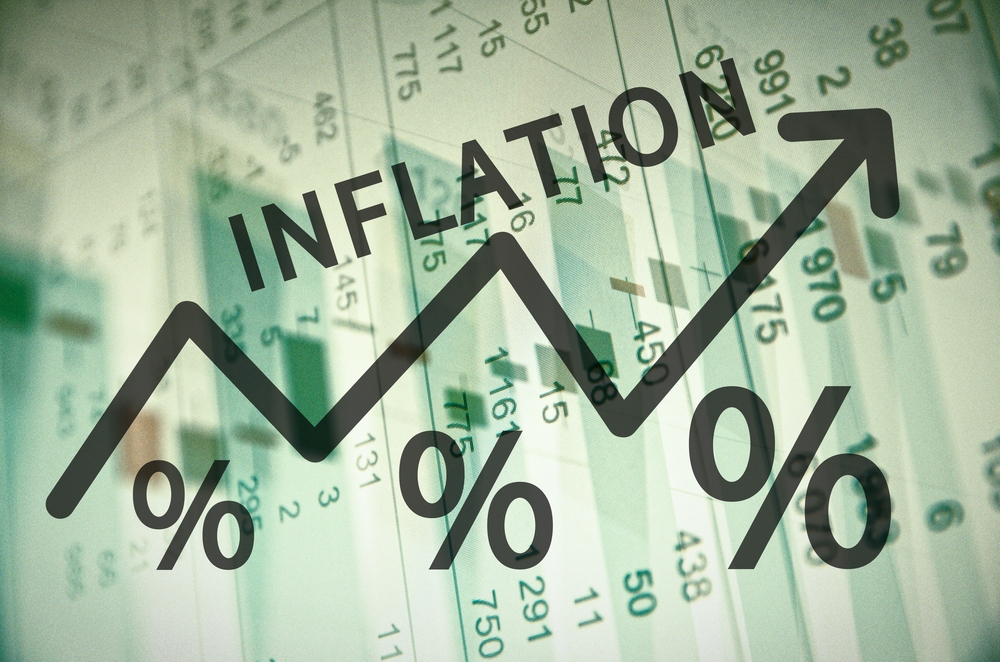As we continue through 2024, one of the prevailing economic narratives has been the resurgence of inflation. While moderate inflation is generally considered healthy for an economy, higher-than-expected inflation can spark concerns and ripple effects across various sectors. In this blog post, we’ll delve into the dynamics of higher inflation in 2024 and its impact on mortgage rates and federal rate reductions.
Understanding Higher Inflation in 2024: Inflation, the rate at which the general level of prices for goods and services rises, has been on the rise in 2024, driven by a multitude of factors. These factors may include increased consumer demand, supply chain disruptions, rising commodity prices, and expansive fiscal policies. The Federal Reserve, tasked with maintaining price stability and maximum employment, closely monitors inflation trends to calibrate its monetary policy accordingly.
Impact on Mortgage Rates: Higher inflation can have a direct impact on mortgage rates. Mortgage rates are influenced by various economic factors, including inflation expectations. In an environment of rising inflation, lenders may anticipate higher future inflation-adjusted returns on their loans. Consequently, they may raise interest rates on mortgages to compensate for the erosion of purchasing power over time.
Moreover, higher inflation can lead to an increase in long-term bond yields, such as those for the 10-year Treasury bond. Mortgage rates often follow the trajectory of these bond yields. Therefore, if investors demand higher yields to offset inflation risks, mortgage rates are likely to trend upwards.
For homeowners and prospective buyers, higher mortgage rates mean increased borrowing costs. This can deter home purchases and refinancing activity, impacting the housing market’s overall health.
Federal Rate Reductions in Response to Higher Inflation: In response to higher inflation, the Federal Reserve may implement monetary policy adjustments, including federal rate reductions. The federal funds rate, the interest rate at which depository institutions lend reserve balances to other depository institutions overnight, is a key tool in the Fed’s arsenal for managing inflation.
However, the Fed’s decision to reduce or raise the federal funds rate is nuanced and considers a range of economic indicators beyond just inflation. While higher inflation may prompt concerns about purchasing power and price stability, the Fed must also weigh its actions’ potential impacts on employment, economic growth, and financial stability.
In some cases, the Fed may opt for a measured approach, gradually reducing the federal funds rate to support economic activity while mitigating inflationary pressures. Alternatively, if inflationary pressures are deemed transitory or primarily driven by supply-side factors, the Fed may exercise patience before adjusting monetary policy.
Conclusion: As we navigate the landscape of higher inflation in 2024, the interplay between inflation dynamics, mortgage rates, and federal rate reductions will be critical for homeowners, prospective buyers, and policymakers alike. While higher inflation can exert upward pressure on mortgage rates, the Federal Reserve’s response will shape the trajectory of interest rates and broader economic outcomes. Staying informed and monitoring developments in monetary policy and inflation trends will be essential for making informed financial decisions in the evolving economic environment.


 Facebook
Facebook
 X
X
 Pinterest
Pinterest
 Copy Link
Copy Link


